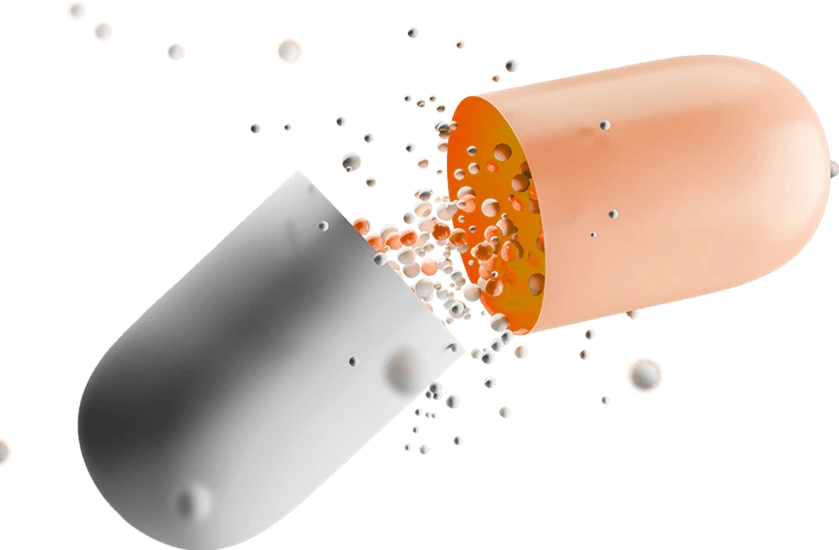- Afrikaans
- Albanian
- Amharic
- Arabic
- Armenian
- Azerbaijani
- Basque
- Belarusian
- Bengali
- Bosnian
- Bulgarian
- Catalan
- Cebuano
- Corsican
- Croatian
- Czech
- Danish
- Dutch
- English
- Esperanto
- Estonian
- Finnish
- French
- Frisian
- Galician
- Georgian
- German
- Greek
- Gujarati
- Haitian Creole
- hausa
- hawaiian
- Hebrew
- Hindi
- Miao
- Hungarian
- Icelandic
- igbo
- Indonesian
- irish
- Italian
- Japanese
- Javanese
- Kannada
- kazakh
- Khmer
- Rwandese
- Korean
- Kurdish
- Kyrgyz
- Lao
- Latin
- Latvian
- Lithuanian
- Luxembourgish
- Macedonian
- Malgashi
- Malay
- Malayalam
- Maltese
- Maori
- Marathi
- Mongolian
- Myanmar
- Nepali
- Norwegian
- Norwegian
- Occitan
- Pashto
- Persian
- Polish
- Portuguese
- Punjabi
- Romanian
- Russian
- Samoan
- Scottish Gaelic
- Serbian
- Sesotho
- Shona
- Sindhi
- Sinhala
- Slovak
- Slovenian
- Somali
- Spanish
- Sundanese
- Swahili
- Swedish
- Tagalog
- Tajik
- Tamil
- Tatar
- Telugu
- Thai
- Turkish
- Turkmen
- Ukrainian
- Urdu
- Uighur
- Uzbek
- Vietnamese
- Welsh
- Bantu
- Yiddish
- Yoruba
- Zulu
Nov . 28, 2024 01:09 Back to list
Veterinary Disinfectant Solutions for Safe and Effective Animal Care
Veterinary Sanitizers Ensuring Health and Hygiene in Animal Care
In the realm of veterinary medicine, maintaining a clean and hygienic environment is paramount to ensuring the well-being of animals, as well as the safety of the staff who care for them. One crucial component of this effort is the use of veterinary sanitizers, specialized products designed to eliminate harmful pathogens in veterinary settings. This article explores the importance of veterinary sanitizers, their types, and best practices for effective use in animal care facilities.
Veterinary sanitizers play a vital role in preventing the spread of infectious diseases in both livestock and companion animals. In clinics, shelters, and farms, animals are often in close proximity to one another, creating an ideal environment for pathogens to spread. Bacteria, viruses, and fungi can quickly proliferate in these settings, leading to outbreaks that can be detrimental to animal health and costly for owners. Regular sanitization of surfaces, equipment, and even the air in these environments is essential for controlling infectious diseases and ensuring that animals receive the best possible care.
There are several types of veterinary sanitizers available, each formulated to tackle specific pathogens. Common categories include quaternary ammonium compounds, phenolic compounds, and chlorine-based disinfectants. Quaternary ammonium compounds (quats) are popular for their effectiveness against a broad range of bacteria and viruses and are often safe for use on a variety of surfaces, including equipment, kennels, and floors. Phenolic compounds are known for their strong disinfectant properties and are particularly effective against viruses. Chlorine-based disinfectants, on the other hand, are powerful agents that can eliminate a wide array of pathogens but must be used with caution due to their corrosive nature and potential to produce harmful fumes.
Despite the variety of products available, the effectiveness of a veterinary sanitizer relies heavily on proper usage. It is essential to follow the manufacturer's instructions regarding dilution, application, and contact time to ensure optimal efficacy. For instance, many sanitizers require a specific amount of time to remain wet on surfaces to properly kill pathogens. Failing to adhere to these guidelines can result in insufficient disinfection and increased risk of disease transmission.
veterinary sanitizer

In addition to choosing the right product, proper training of veterinary staff is crucial. All personnel should understand the significance of sanitation protocols and the correct procedures for using veterinary sanitizers. Routine training sessions and checklists can help reinforce best practices, ensuring that cleaning processes are followed consistently. Furthermore, fostering a culture of cleanliness within animal care facilities can motivate staff members to prioritize sanitation in their daily routines.
Another key aspect of using veterinary sanitizers is understanding the importance of regular cleaning prior to disinfection. Dirt, organic matter, and debris can inhibit the effectiveness of sanitizers, making it essential to clean surfaces thoroughly before applying disinfectants. This two-step process of cleaning followed by sanitizing helps to create a safer environment for both animals and caregivers.
Lastly, it’s worth noting that while veterinary sanitizers are effective, they are just one component of a comprehensive infection control plan. Maintaining optimal animal health also involves vaccination programs, regular health checks, and proper management of animal populations. By integrating sanitization practices with these other measures, veterinary clinics and facilities can provide a safer, healthier environment for animals and their caretakers.
In conclusion, veterinary sanitizers are a vital tool in the fight against infectious diseases in animal care settings. Their proper use, combined with thorough cleaning, staff training, and a culture of cleanliness, can significantly reduce the risk of disease transmission. As the field of veterinary medicine continues to evolve, the importance of hygiene and sanitation will remain a cornerstone of effective animal care, ensuring the health and safety of all species under our care.
-
Guide to Oxytetracycline Injection
NewsMar.27,2025
-
Guide to Colistin Sulphate
NewsMar.27,2025
-
Gentamicin Sulfate: Uses, Price, And Key Information
NewsMar.27,2025
-
Enrofloxacin Injection: Uses, Price, And Supplier Information
NewsMar.27,2025
-
Dexamethasone Sodium Phosphate Injection: Uses, Price, And Key Information
NewsMar.27,2025
-
Albendazole Tablet: Uses, Dosage, Cost, And Key Information
NewsMar.27,2025













